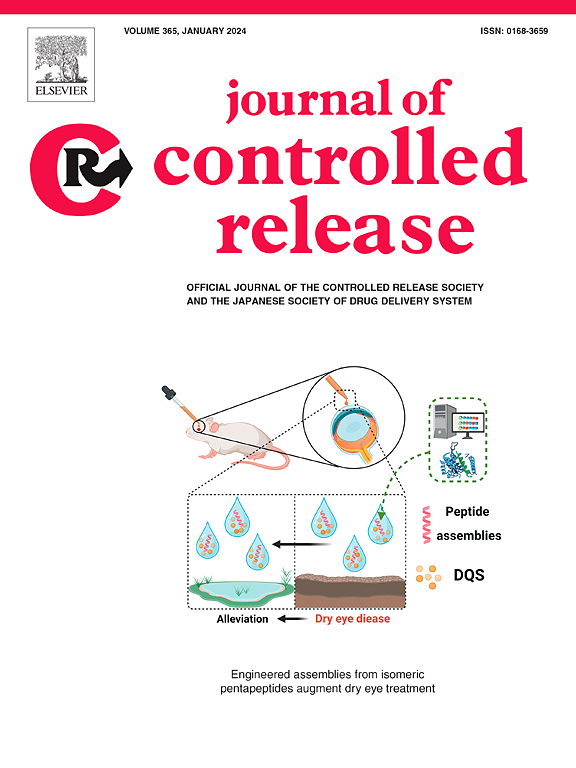动物疫苗革命:纳米颗粒佐剂开启疫苗学的未来
IF 10.5
1区 医学
Q1 CHEMISTRY, MULTIDISCIPLINARY
引用次数: 0
摘要
近年来,纳米颗粒佐剂的快速发展极大地促进了人类和动物传染病的治疗和预防。针对SARS-CoV-2的mRNA纳米疫苗的显著成功,加速了纳米颗粒佐剂技术在精准医学时代的发展。猪流行性腹泻、禽流感、猪繁殖与呼吸综合征、牛病毒性腹泻、口蹄疫、非洲猪瘟、新城疫等重大动物传染病的纳米疫苗研究取得重大进展。本文综述了目前正在研究的动物用纳米佐剂,重点介绍了其多种作用机制和免疫特性,并分析了影响其免疫增强作用的理化因素。在此基础上,我们讨论了未来的前景和需要解决的关键挑战,旨在为新型动物疫苗佐剂的开发提供有价值的参考。本文章由计算机程序翻译,如有差异,请以英文原文为准。

Animal vaccine revolution: Nanoparticle adjuvants open the future of vaccinology
In recent years, the rapid development of nanoparticle adjuvants has greatly facilitated the treatment and prevention of infectious diseases in humans and animals. The remarkable success of mRNA nanovaccines against SARS-CoV-2 has accelerated the advancement of nanoparticle adjuvant technologies in the era of precision medicine. Significant progress has been made in researching nanovaccines for major animal infectious diseases, such as porcine epidemic diarrhea, avian influenza, porcine reproductive and respiratory syndrome, bovine viral diarrhea, foot-and-mouth disease, African swine fever, and Newcastle disease. This article reviews the nanoparticle adjuvants under investigation for animal use, emphasizing their diverse mechanisms of action and immunological properties, and analyzes the physicochemical factors influencing their immune-enhancing effects. On this basis, we discuss future prospects and key challenges that need to be addressed, aiming to provide valuable references for the development of novel animal vaccine adjuvants.
求助全文
通过发布文献求助,成功后即可免费获取论文全文。
去求助
来源期刊

Journal of Controlled Release
医学-化学综合
CiteScore
18.50
自引率
5.60%
发文量
700
审稿时长
39 days
期刊介绍:
The Journal of Controlled Release (JCR) proudly serves as the Official Journal of the Controlled Release Society and the Japan Society of Drug Delivery System.
Dedicated to the broad field of delivery science and technology, JCR publishes high-quality research articles covering drug delivery systems and all facets of formulations. This includes the physicochemical and biological properties of drugs, design and characterization of dosage forms, release mechanisms, in vivo testing, and formulation research and development across pharmaceutical, diagnostic, agricultural, environmental, cosmetic, and food industries.
Priority is given to manuscripts that contribute to the fundamental understanding of principles or demonstrate the advantages of novel technologies in terms of safety and efficacy over current clinical standards. JCR strives to be a leading platform for advancements in delivery science and technology.
 求助内容:
求助内容: 应助结果提醒方式:
应助结果提醒方式:


